Hardware: the display
Physically, the iPad is much larger than the iPhone; more so than I had originally anticipated. I'd handled the iPad at the original launch event, but had in mind that the screen was about four times as large as Apple's existing mobile devices.
In reality, the iPhone's screen could fit within the iPad's about two and a half times in either direction. In terms of surface area, the iPad's screen is 45 square inches compared to the iPhone's 5.78 square inch display, making the screen nearly 8 times as large, physically (7.8x).
In terms of resolution, the iPad delivers 1024x768 (786,432 pixels) compared to the iPhone's 480x320 (153,600 pixels), which is 5.12 times greater. This means the iPad's screen has less screen density than previous iPhone OS devices (132 dpi compared to the iPhone and iPod touch's 163 dpi screen), but still more than a MacBook (110 dpi) or iMac (108 dpi).
Out of the box, the glossy display works as a mirror. With the display turned on, the gloss isn't too bad, and much like an iPhone (but not a MacBook), it's usually not too difficult to adjust your viewing angle to avoid sources of glare.
Touch control of the screen is accurate and fast to the point that the iPad's richly animated screen feels alive and natural, not like a machine that's calculating a response for you. With its larger display, you'll more readily notice subtle details that are present on the iPhone but that never jumped out before, such as the way objects bounce to a stop.
Browse AppleInsider's High-quality unboxing photos of Apple's new iPad.
Hardware: the physics
Apart from its familiar Dock Connector, headphone jack with mic/remote support (there's no bundled headphones), Home, power, and volume toggle switch that are all identical to the iPhone, the iPad also has a screen orientation lock (but there's no mute switch).
This comes in handy because the device swaps its orientation wildly as you turn it in 360 degree loops. Particularly when lying down, being able stop the screen from reorienting is a welcome feature, and one I'd like to see on the iPhone, too.
The iPad is so thin (and looks even thinner than it is, thanks to its beveled edges) that it feels heavier than one might expect. It's only a pound and a half, so it's certainly no heavyweight, but it does have a solid, weighty feel. Compared to a similar devices, iPad weighs very little. UMPC devices were typically about 2 pounds, while the CrunchPad/JooJoo is 2.4 pounds.
The iPad has a familiarity that it shouldn't. It's new, but it feels like it has been around for some time. It feels polished through several years of refinement, and nothing about how it works makes you consult a new user's manual. This is a remarkable feat for its designers. Nothing so artificial and synthetic should immediately seem so natural and organic, but iPad does.
At the same time, iPad is solidly rigid. There's no flex at all, despite its thinness and relatively large form factor. The device seems to ask you to handle it with delicate care, but it's really designed to withstand pretty rough treatment.
Another realization you'll make quickly: Apple didn't design iPad to be a way not to sell Macs anymore. In fact, it's not only just not a notebook replacement, but actually requires being plugged into an iTunes computer before you do anything on it, just like an iPod touch (below, what you see when you turn it on).
Unlike earlier iPhone OS devices however, the new device only syncs over standard USB; it needs more power than that specification can deliver to actually charge. USB 2.0 only provides 2.5 watts for devices to pull in order to recharge their batteries. The iPad's power adapter (in the shape of USB; it looks like the old iPhone adapters, or like a mini MacBook power supply) provides 10 watts. So unless your system's USB ports were specially designed to put out 10 watts (and most if not all weren't), you'll need to charge your iPad using the supplied adapter, and not an iPhone one or a typical PC USB jack. Fortunately, the iPad's battery lasts a long time.
Hardware: WiFi
iPad sports WiFi and Bluetooth just like the iPhone, but it's not like the iPhone at all. For starters, iPad's WiFi supports fast 802.11 n networks, which are not just speedier also deliver greater range and potentially less interference because they can be set up in the mostly virgin 5GHz band.
I had no problem connecting iPad to my "n-only," 5GHz Time Capsule WiFi network, although it only connected at 150 mbps signal rate (my MacBook and iMac will connect using both available bands to achieve a theoretical 300 mbps connection, as shown below). However, even at 150, the iPad is much faster than an iPhone connecting to the 802.11 a/b/g compatible network, which only achieves a theoretical maximum data rate of 54 mbps.
Future versions of the iPhone and iPod touch will likely also gain hardware support for for 802.11 n networks, but there's no way to add retroactive support in software.
Note that the WiFi iPad, like the iPod touch, does not have real GPS; it uses WiFi triangulation for Location Services, which is less accurate. The 3G version of the iPad will provide GPS just like the iPhone, because this feature is related to the mobile chipset (the 3G mobile network is used to assist the calculation of GPS information).
Hardware: Bluetooth
The iPad's Bluetooth is also a notch above the iPhone in important ways. For starters, you can associate iPad with wireless keyboards, which work around the issue of needing to type large amounts of text directly onto the screen's virtual keyboard. (The screen shot below shows Bluetooth's simple settings, which make discovering and connecting to an available keyboard very easy).
This works well, and most Bluetooth keyboards will even wake the screen directly. Apple's Bluetooth keyboards can also set the screen brightness, adjust volume, and skip and pause iPod playback. However, after you connect to an available Bluetooth keyboard, you'll have to power the keyboard off (or manually disconnect) in order to be able to bring up a virtual keyboard. Simply walking away from your keyboard doesn't do the trick.
Turn the keyboard back on, and iPad immediately dismissed the virtual keyboard and re-associates with your external keyboard. On the other hand, while iPad offered to connect to my MacBook via Bluetooth, it simply couldn't. Apple also doesn't support printers or other Bluetooth profiles which it potentially could, outside of A2DP stereo headphones.
Hardware: Audio
The iPad's built in speaker is loud, much more so than the iPhone's. And it sounds good, surprisingly good given that it fits inside this thin metal box and emanates from three tiny grills on the bottom right corner.
Unlike the iPhone, you're less likely to have you hand covering the audio holes, which is often an irritation when trying to play iPhone games. This makes for an engaging experience with video games, in playing movies or TV, or in simply listening to your music collection.
With the volume cranked, you can feel vibration in the back housing of the unit. It doesn't feel cheep and rattling; it feels like a sensory extension of your music into your hands. If you don't like this, or if the other people in the library don't like your liking this, you can plug in your own pair of headphones and enjoy your music all to yourself.
Software
The in-depth review will cover more of the details about how iPad actually works, but a first look reveals that iPad isn't just a big iPod touch. The vast new screen real estate enables much richer and sophisticated interfaces, all while bringing forward both the familiar conventions of the iPhone OS as well as incorporating desktop concepts such as the layout of iTunes or Mail.
Even apps that are primarily just bigger in terms of doing the same thing with more screen real estate, such as the client for Google Maps and the Safari browser, transform from being just awesome on the iPhone into being magical on iPad, thanks to the increase in available data to consume in one eyeful as you engage the world's map and Internet with your full hand.
Apple's free iBooks app, which recommends itself upon first visit to the App Store, bundles a copy of "Winnie-the-Pooh," which sucked me into paging through an entire chapter before I realized I was reading a children's book, even if it is a cleverly written classic.
Other apps, from Apple's iWork productivity suite to the simple Notes (shown below), unlock an entirely new level of sophistication over anything seen on the iPhone, if only because you can now lay down your mobile screen, pick up your Bluetooth keyboard and begin gushing text directly into the screen without dealing with the errors or mistaken corrections of the iPhone OS' virtual keyboard.
To those who are proud to have coined the idea that "the iPhone OS is all about consuming information rather than creating anything": maybe you need to dig a little deeper. Even without a physical keyboard, the hands-on touch features of iPad are clearly creating all sorts of ways to build original content.
This is a new frontier of computing waiting to be defined, unlocked and fully exploited. Based on our PR announcement feed, there's an enthusiastic bunch of developers working to do that. And those apps are going to add tremendous amounts of value to the platform Apple has created.
Stay tuned for AppleInsider's in-depth review of iPad. Previous features related to the system:
Inside Apple's iPad: Adobe Flash
Inside Apple's iPad: Multitasking
 Daniel Eran Dilger
Daniel Eran Dilger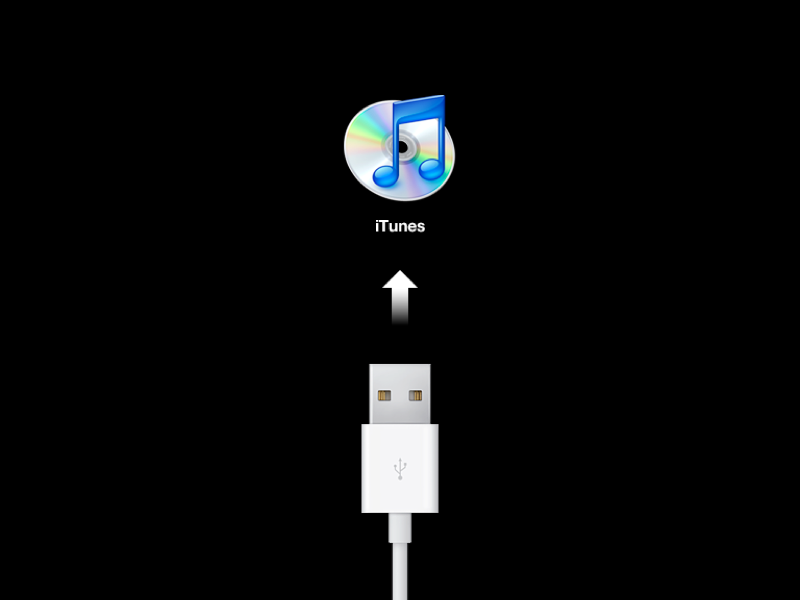
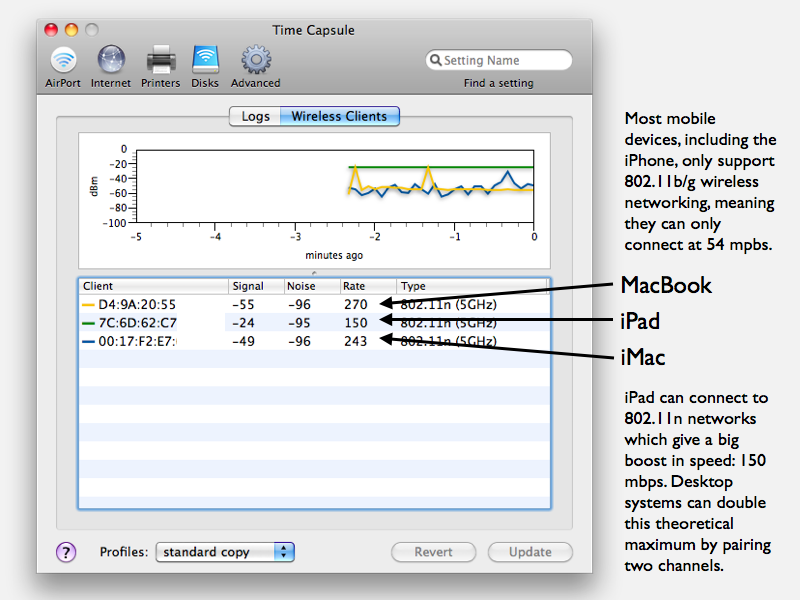
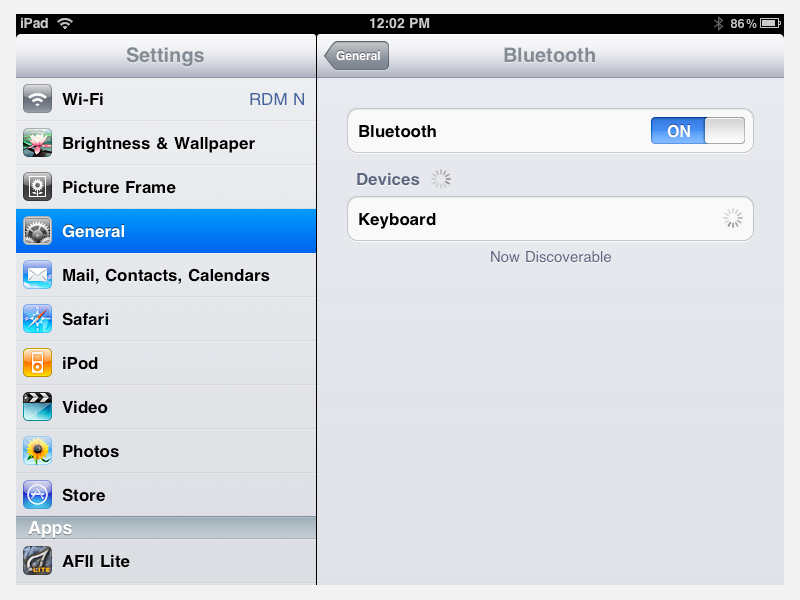
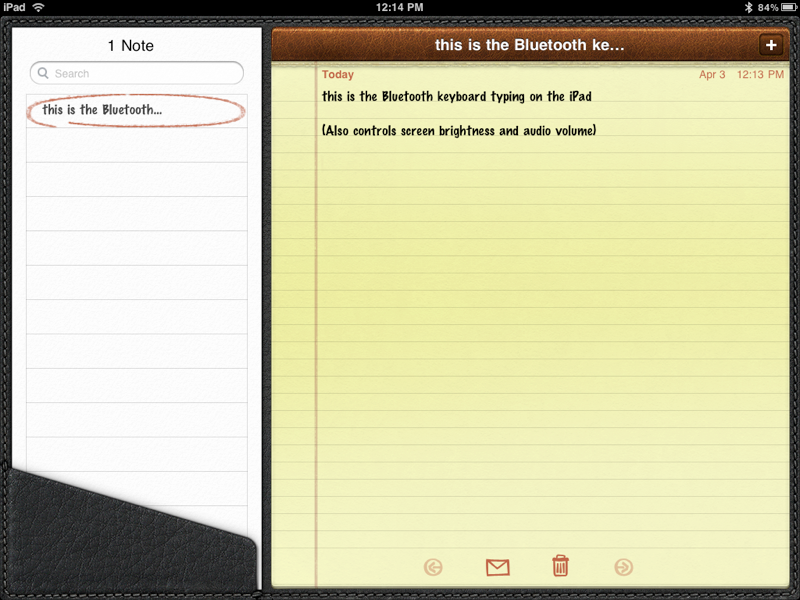







-m.jpg)






 Thomas Sibilly
Thomas Sibilly
 Wesley Hilliard
Wesley Hilliard
 Marko Zivkovic
Marko Zivkovic

 Malcolm Owen
Malcolm Owen

 Amber Neely
Amber Neely
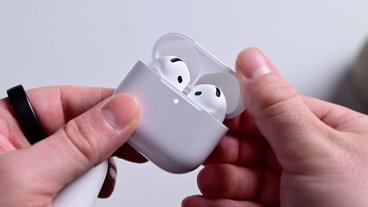








106 Comments
A very good review, something I and others have been waiting for.
EXCELLENT!!
I'm glad this matter was resolved.
A question I have is how responsive is the touchscreen to detailed input?
For instance there is a stylus for the iPhone, would it work to draw fine lines and detail on the iPad? Or is the response zones too separated?
Thank you for your intelligent responses. Don't feed the trolls!
A very good review, something I and others have been waiting for.
EXCELLENT!!
I'm glad this matter was resolved.
A question I have is how responsive is the touchscreen to detailed input?
For instance there is a stylus for the iPhone, would it work to draw fine lines and detail on the iPad? Or is the response zones too separated?
Thank you for your responses.
Once in a while it's wise to say something positive in order to deflect attention from your trolling. It must have made you die a little inside, though.
Once in a while it's wise to say something positive in order to deflect attention from your trolling. It must have made you die a little inside, though.
This is totally what he's doing to.
You can't steal a bank and then help a old lady across the road and expect the second act to cancel out the first. He should have been banned long ago. If you ask me he's making a mockery of the mods around here and seeing how far he can take it. Then kissing their ass randomly with posts like this in order to cause confusion, so they don't ban him.
What I like best is the keyboard is a LOT easier to use than i would have imagined. Much less of a learning curve compared to the iPhone (thumbs get in the way). And it passed the important "not look at screen to type" test with amazing accuracy.
You almost don't even need the external keyboard for most typing sessions.
To those who are proud to have coined the idea that "the iPhone OS is all about consuming information rather than creating anything": maybe you need to dig a little deeper. Even without a physical keyboard, the hands-on touch features of iPad are clearly creating all sorts of ways to build original content.
An important point. iWork has already been given the touch treatment. Expect to see more productivity apps (and some entirely new ones) designed specifically for the iPad. The possibilities are legion.